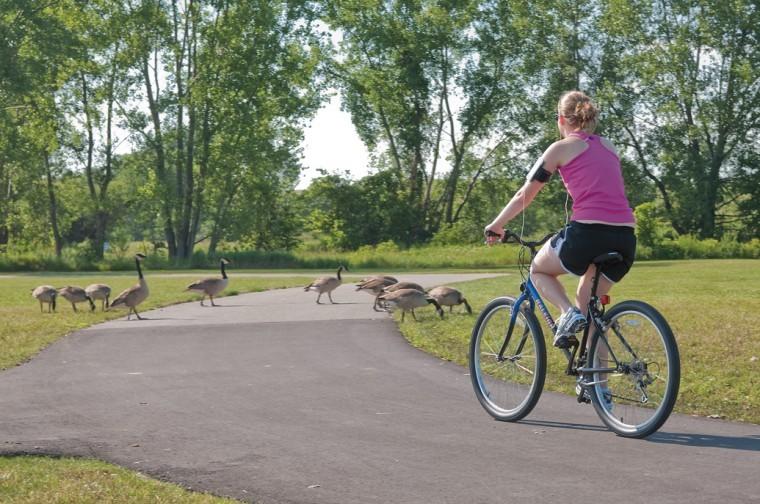City Council obtains land
July 21, 2010
The Ames City Council passed a resolution approving a pre-annexation agreement with the Rose Prairie Developers Tuesday night at a special city council meeting.
Annexation is when the city obtains land that is not within its limits.
The agreement was approved in an attempt to avoid litigation for a lawsuit the developer brought against the city by Story County Land LC. The city discussed the agreement at last week’s meeting and had to make a decision Tuesday night to avoid going to court.
Steve Schainker, Ames city manager; Bob Kindred, assistant city manager; and Doug Marek, city attorney, spent most of the meeting explaining nearly every page of the agreement to the City Council.
Story County Land LC filed the lawsuit after the council denied its proposal to develop the Rose Prairie subdivision in 2009. The case was set to go to court in about a month.
“We worked hard with Rose Prairie for many, many months,” Schainker said.
The resolution passed by a vote of 5-1, with councilman Matthew Goodman as the lone dissenter.
Goodman’s concern was that by signing the agreement, the city would lose funding leverage for things that will need to be built out there, such as sewage.
“I understand your concerns, but what is the alternative?” said councilman Riad Mahayni.
Chuck Becker, the attorney representing Story County Land, said they will drop the suit with the council’s passage of the resolution.
“It doesn’t get us all the way we need to go, we understand that,” he said. “But by listening throughout the last week, and we’re willing to work with the council to get the final pieces in place.”
However, when the development will actually occur remains to be seen.
Becker said at the council meeting last week that because of the recession, he was not sure when his client would be able to start with its plans.
Earlier in the night, the city also listened to a presentation from city traffic engineer Damion Pregitzer about the trail system and its priorities.
Goodman said certain people use the bike paths as a mode of transportation. He asked if it would be possible to think of recreational paths “more flexibly and save money on materials” and redirect the funding to creating more transportation oriented trails.
“I think most definitely,” Pregitzer said.
The balance people want that they collected from public input is reflected in the report. He said users are more transportation oriented with a “parallel system to our heavier traveled arterial streets.”







